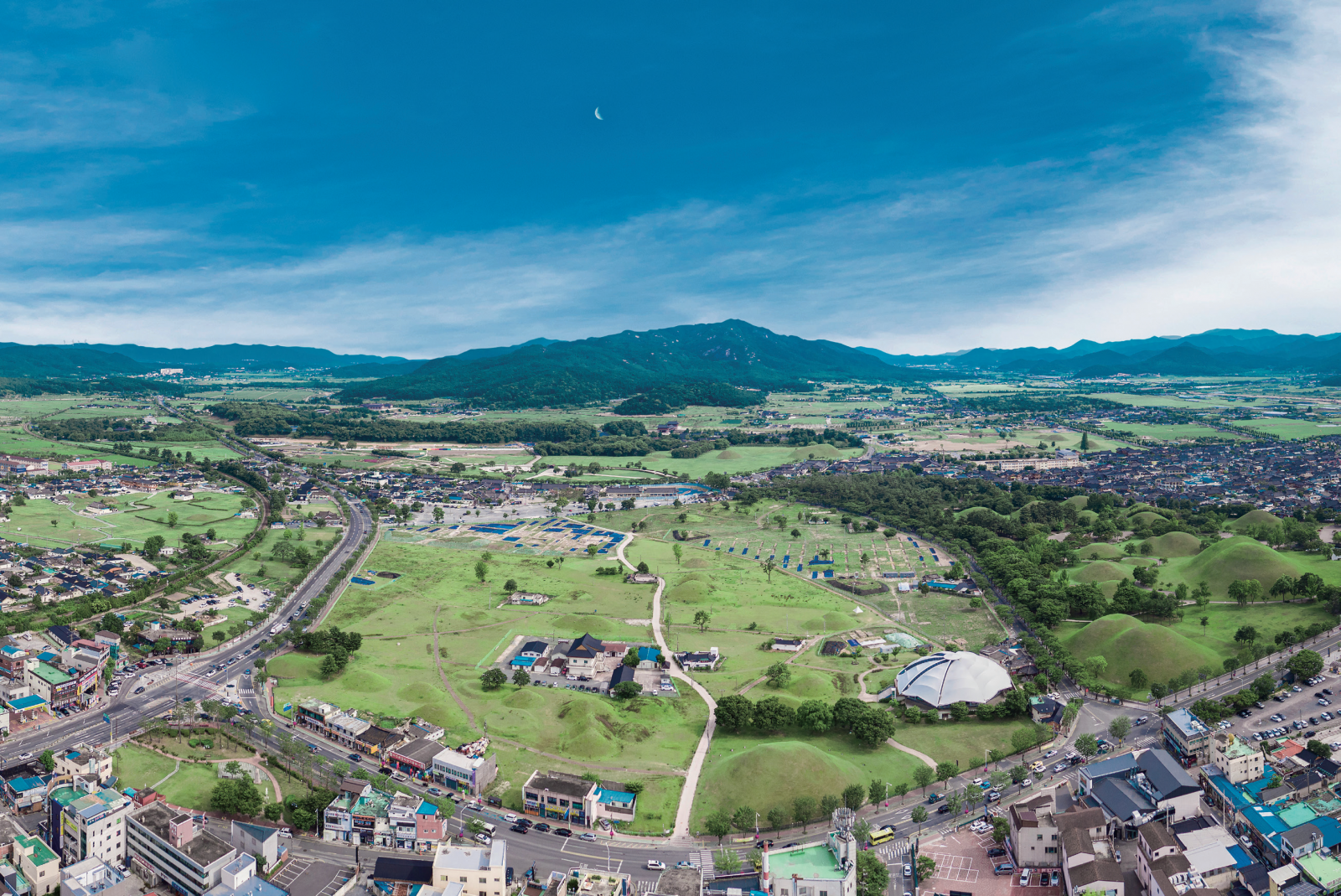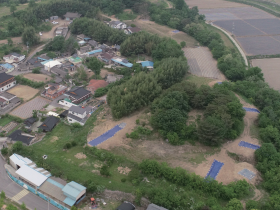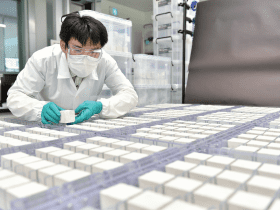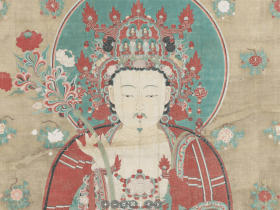Gyeongju National Research Institute of Cultural Heritage
JEONG Daehong
The ancient tombs site at Jjoksaem in Gyeongju serves as a collective burial ground for Silla royalty and nobility located to the east of the Daereungwon Ancient Tomb Complex, which houses the Cheonmachong Tomb and Hwangnamdaechong Tomb—tombs of Silla’s prominent rulers. Its importance was officially recognized in 2011 through its designation as a historic site within the Daereungwon Ancient Tomb Complex.
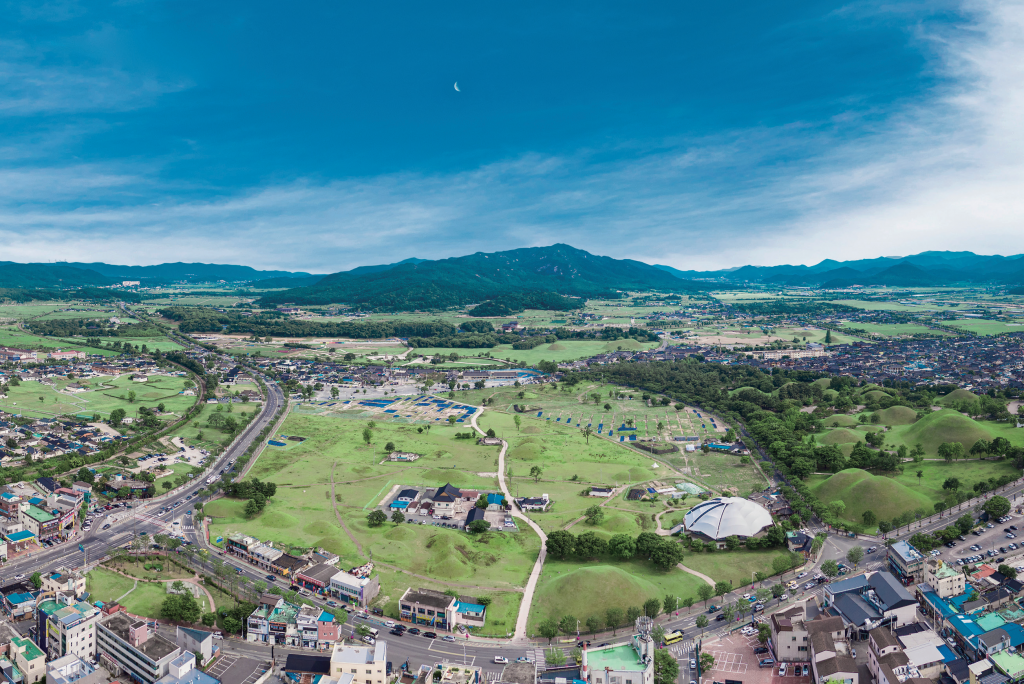

Jjoksaem: A Key Focus of Silla Tomb Research
➀ First-Ever Discovery of a Stone Chamber Tomb at Jjoksaem – ‘K District Distribution Survey’
Based on current research, the majority of tombs within Gyeongju’s tomb clusters, including Daereungwon, are thought to have originated during the 5thcentury Silla Maribgan era. Among the archaeological findings at the Daereungwon Ancient Tomb Complex, only three stone chamber tombs from the 6thcentury were previously known. Astonishingly, a new 6thcentury stone chamber tomb has been unveiled at Jjoksaem. These tombs contained a range of earthenware vessels and a board on which the body is laid. The Jjoksaem K District stone chamber tombs provide insight into the potential earliest period when the central cemetary in Gyeongju were built.
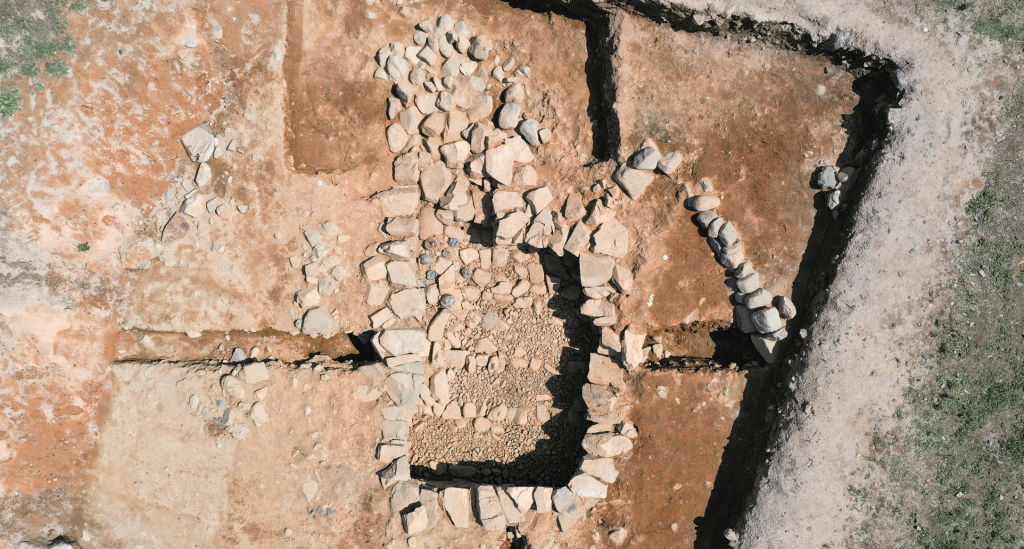

➁ A Silla Individual Adorned with 3 Precious Metal Ornaments – Excavating Tomb No. 44
Situated to the northwest of the Jjoksaem site, Tomb No. 44 boasts a grand stone and earth mounded wooden chamber spanning 30 meters in diameter from east to west. Ongoing internal explorations since 2020 have revealed a Silla individual adorned with exquisite metallic ornaments. Crafted from gold, silver, and an array of jade varieties, these artifacts were predominantly worn by the individual laid to rest in the tomb. Based on the accessories excavated from the tomb, it is inferred that the individual’s height was approximately 130 centimeters. Notably, a diminutive Eunjangdo(an ornamental silver knife) was discovered at the waist, instead of a sword with ring pommel-hinting at the likelihood of the individual being female. These artifacts collectively hint at a high-status tomb occupant, possibly of royal lineage. The presence of jewel beetle ornaments, a stone mortar and pestle, and baduk stones among the recovered artifacts in Tomb No. 44 is indicative of the high social status of its occupant.
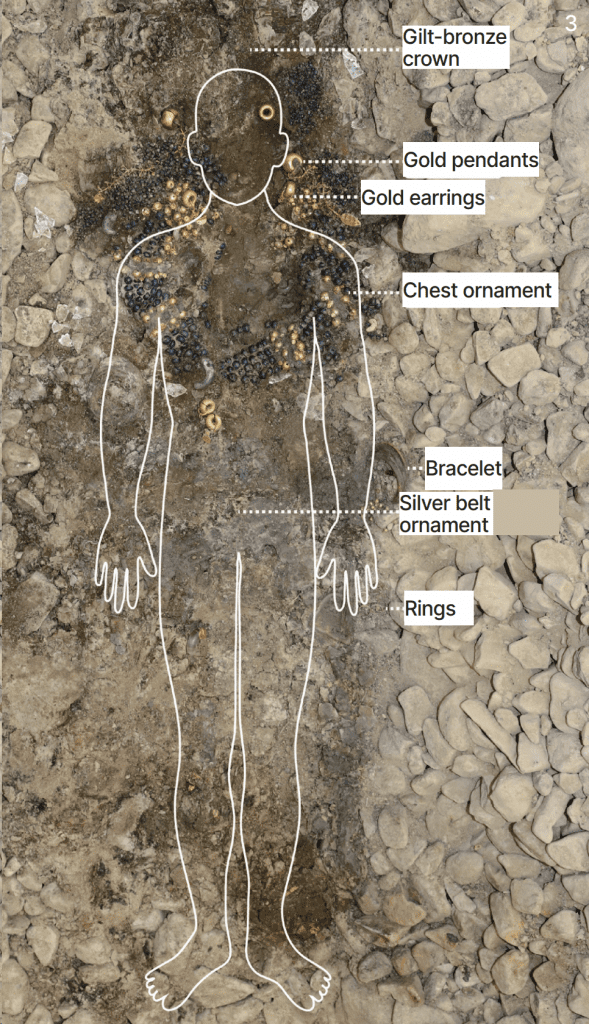



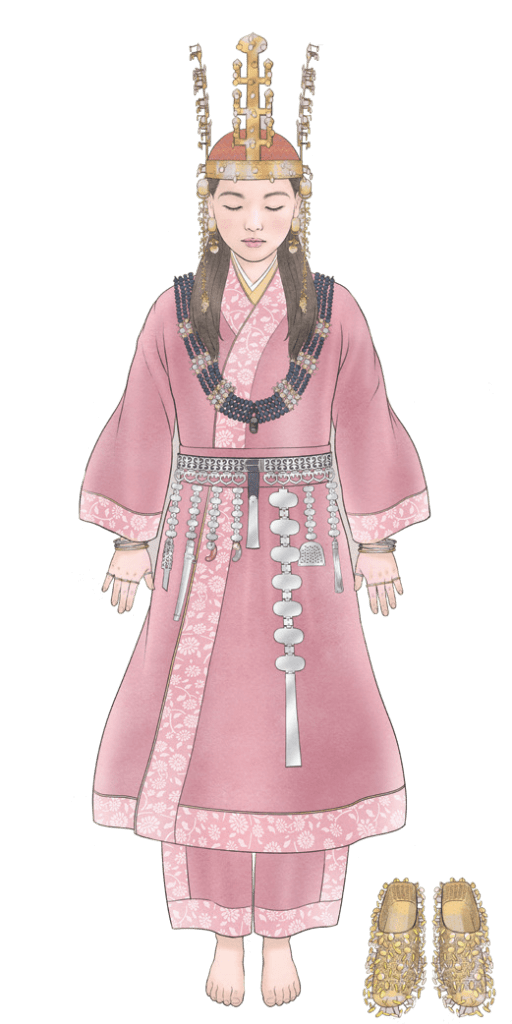



Beyond the Jjoksaem Site Ancient Tombs in Inwang-dong, Gyeongju
The Silla tomb site in Inwang-dong, Gyeongju, is a cluster of tombs situated at the city’s core, originally part of the Daereungwon Ancient Tomb Complex. Despite being divided by districts and roads today, it remains a crucial location linked to Silla’s tomb culture and the establishment of the kingdom’s royal capital. Since 2021, the Gyeongju National Research Institute of Cultural Heritage has conducted annual surveys and research to uncover the nature of these tombs. This effort led to the identification of about 40 previously unknown Silla tombs and the acquisition of vital tomb data. Building on these achievements, the Institute plans to further explore the characteristics of the Inwang-dong tombs and illuminate Gyeongju’s central tombs.

